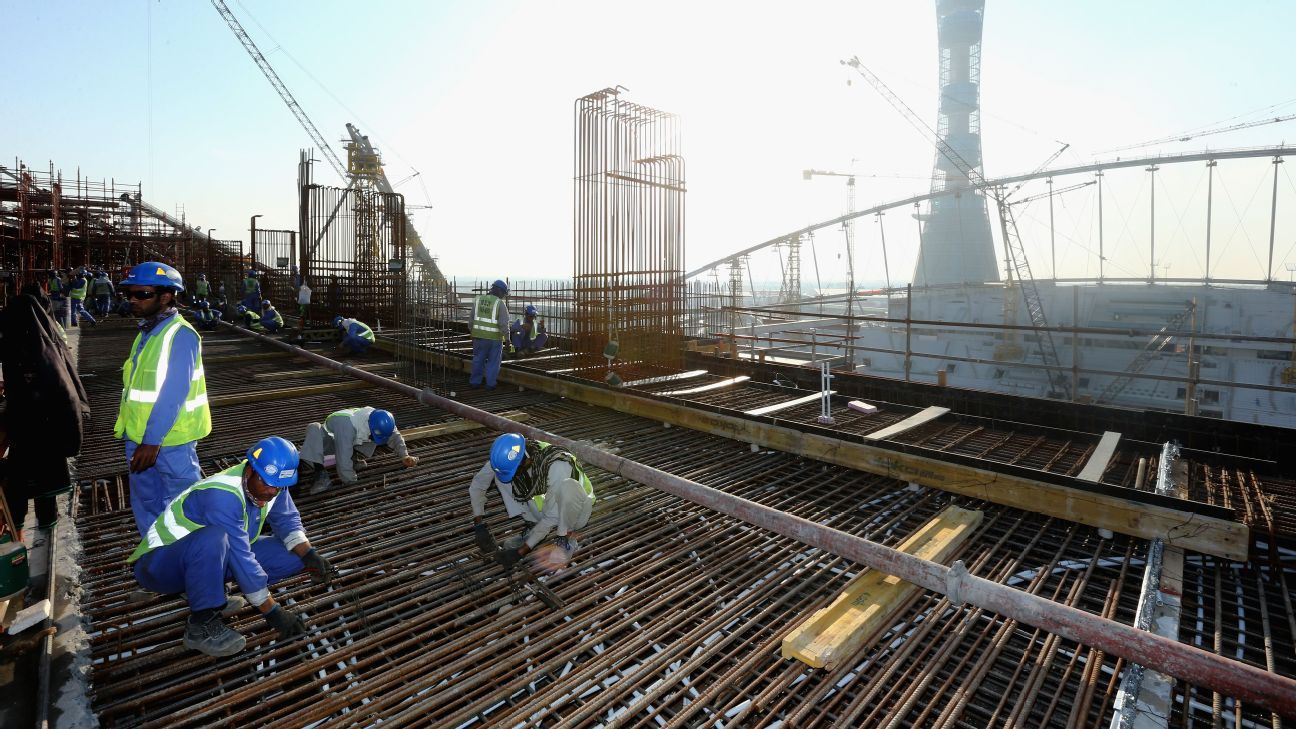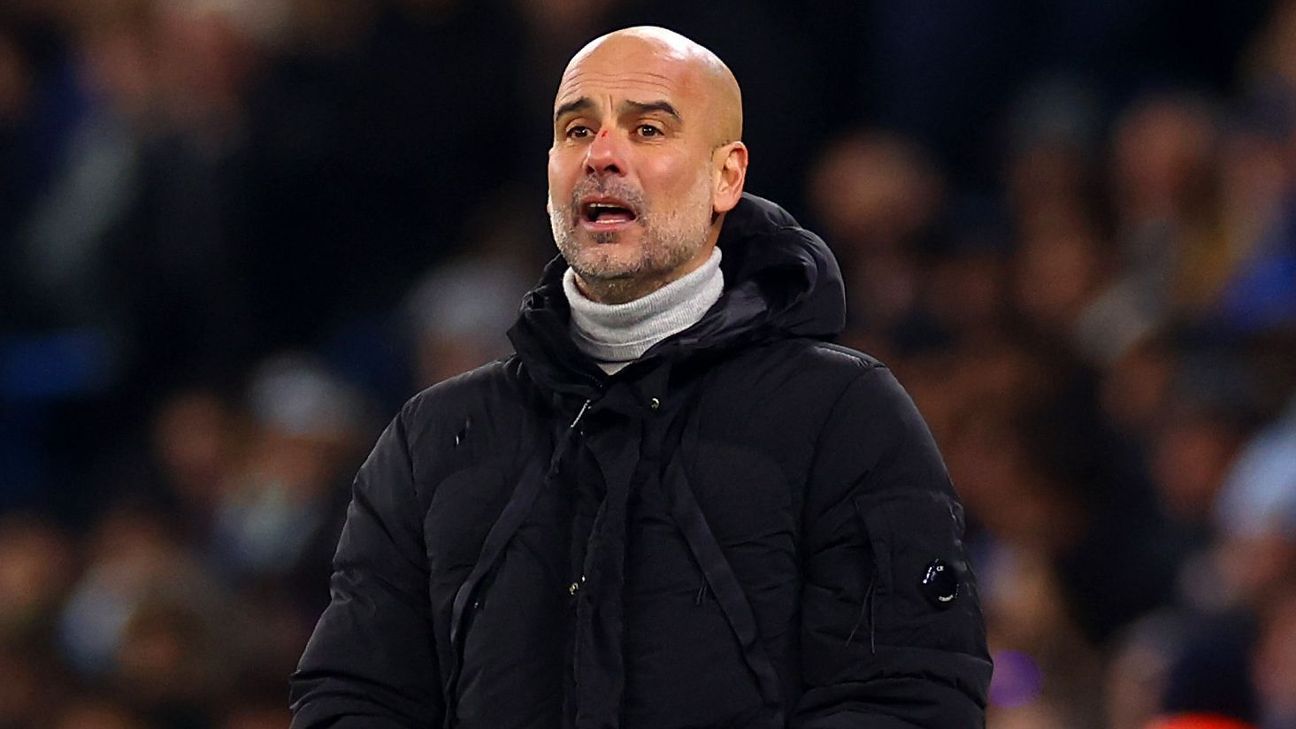
That dwarves the next-highest earner, the ECB, in this proposed model: the ECB could earn US$ 41.33 million - or 6.89% - of the ICC's earnings. CA, the third member of the original Big Three, comes next, and could get US$ 37.53 million (6.25%). The only other board projected to make over US$ 30 million among the remaining nine Full Members is the PCB, which could receive US$ 34.51 million (5.75%). The earnings of the remaining eight Full Members are below 5% (see table below). Of the US$ 600 million projected pool, the 12 Full Members will get US$ 532.84 million (88.81%), with the remaining US$ 67.16 million (11.19%) going to the Associate Members.
The overall annual figure is based on the estimated earnings of the ICC - over US$ 3.2 billion - from the sale of its media rights alone, which recently, for the first time, were sold across five separate regions globally including the Indian market. The vast bulk of that money has come from the sale of rights in the Indian market, where Disney Star* paid just over US$ 3 billion for four years.
The four pillars of the proposed model
The proposed model was developed originally by an ICC team and then worked on by the governing body's finance and commercial affairs (F&CA) committee, before being discussed by the ICC Board this March.
At that meeting, it is understood, only some details of the model were shared, including the criteria by which each Full Member would be graded when the distribution was calculated. The paper detailing the proposed model was circulated to the Full Members and board directors thereafter.
Those criteria - "component weightings", the model calls them - are:
- Cricket history
- Performance in both men's and women's ICC events over the last 16 years
- Contribution to the ICC's commercial revenue
- And, an equal weightage for the status of being a Full Member
If this feels familiar, then it should, given how closely it resembles the primer drafted nine years ago by the Big Three.
Back then, another F&CA working group (led by the BCCI, ECB and CA) drafted a "position paper" detailing the proposed revamp of the ICC's administration and distribution of its earnings. A major focus of that paper was the distribution costs - the revenue each member would receive - through a graded percentage share, worked out by a "marked scoreboard method". That scoreboard was also based on four parameters: revenue contributed to the ICC, historical membership with the ICC, on-field performance over past 20 years in men's and women's competitions, and domestic development performance.
There are, however, slight differences in this proposed model. Here, every Full Member starts on equal footing, listed to receive an 8.3% share for being a Full Member. But the "effective percentage" each will receive ultimately is based on an average weightage of all four criteria and it quickly changes based on the other three parameters. The key criterion is the commercial value each board brings to the global pot, which is where the scales tilt heavily in favour of the BCCI.
It is understood that one unresolved issue for the F&CA and ICC Board was the allocation of US$ 100 million as an emergency fund. If that amount is approved, the annual earning pie would be shaved to US$ 500 million, which would subsequently affect the individual money each Full Member gets
Commercial weightage - the biggest slice of the BCCI's pie
The BCCI has consistently argued that it deserves greater returns from the ICC's revenues because of the contribution India makes to cricket's global economy. The distribution costs was the backbone of the Big Three's finance model, as recognition of every member's role in "contributing to generating ICC's revenues required to sustain the game".
This year's proposed model gives a commercial weightage of 85.3% to the BCCI. Although the document that ESPNcricinfo has doesn't explain how this is worked out, this percentage is in the ballpark of a commonly cited but anecdotal figure, which says that the Indian cricket economy contributes anywhere between 70-80% of the total cricket economy. The territory-wise break-up of the ICC's media rights for this cycle will likely help bolster that argument, given that the amount coming in from the India market - just north of US$ 3 billion - will make up the vast share of whatever is the overall value. The BCCI could argue that such a model would be more accurately commensurate with India's contribution to the global revenue, and the size of the Indian cricket ecosystem.
The next four-year rights deal, believed to be second only to the IPL in cricket, is by a significant factor greater than the US$ 2.1 billion (approximately) the ICC got (from around the world, not just India) from the previous rights cycle, which ran over eight and not four years (2015-2023).
The ICC decided to sell this batch of media rights in different territories globally in the 2024-31 cycle in order to maximise and exploit the commercial value of its world events. The value of the India rights (just over US$ 3 billion) towers over the rest of the world, especially two key markets in the UK and USA. In the UK and Ireland, Sky Sports inked a direct deal with ICC for eight years (2024-31) with an estimated value understood to be close to US$ 260 million. Willow TV secured the four-year rights to broadcast ICC events in the USA and Canada for an undisclosed sum, but it is believed the number fell well short of the expectations the ICC had.
The overall figure from rights will be higher ultimately, because it doesn't yet include the sponsorship and commercial revenues the ICC will generate from the global events, which could go up by another US$ 1 billion-plus.
What are the performance and historical components?
The performance criterion measures Full Members' performance at world events in the last 16 years - both men's and women's - and records an average weightage. This doesn't include the World Test Championship. The yardstick rewards countries that have consistently made the knockouts at ICC events, which is why Australia (21.9%), England (18.5%) and India (17.4%) receive the weightage that they do.
The historical component gives all Full Members an equal percentage share of 6.9%, other than Zimbabwe, Ireland and Afghanistan.
There is a sense among some that there will be less pushback than when the Big Three plan was put in place, as the absolute amounts are significantly higher for all Full Members since the last cycle - because of the increase in overall media rights revenue coming into the ICC
The BCCI will be well-placed if the proposed model, or something close to it, is accepted by the ICC Board. In 2017, the ICC, under the chairmanship of Shashank Manohar, had rolled back the Big Three reforms and put in place a fresh finance model. After being challenged by the BCCI's then bosses, the ICC brokered a deal which guaranteed the BCCI a payout of US$ 405 million over the eight-year period between 2015-23.
While that number was more than the US$ 293 million (net earnings) stated in the initial version of Manohar's 2017 finance model, it was still short of the US$ 571.25 million (gross earnings) that the BCCI was assured under the Big Three model. The BCCI was effectively hit by a 34% cut based on net earnings: under the Big Three model, that number would have been US$ 450 million.
The 2017 model, the ICC had stated, was derived from the "guiding principles of equity, good conscience, revenue generated by members, and a recognition of an interdependency among members". It was widely accepted by the ICC Board.
Under the current proposed model, the BCCI stands to make an aggregate earning of US$ 924 million in this four-year cycle (subject to ICC aggregate earnings continuing at US$ 600 million annually), nearly 82% more than second-highest earner, the ECB, which will get about US$ 165 million over the 2024-27 cycle.
What happens next?
ESPNcricinfo understands that Full Members were meant to send their feedback on the proposed model by the first week of May, after which the F&CA will put a final proposal in front of the ICC Board to ratify. The timeline, according to some officials, is for the Board to approve the model during the ICC annual conference in June in Durban, but it isn't clear whether it will pan out that way. Members are expected to pose questions to test the rigour behind some of the calculations in the model, not least the four criteria on which members have been ranked.
How much objection will be raised - and whether it will go beyond questioning - is not immediately apparent. One point that will be discussed is the timeline for the performance parameter: while the proposed version has looked at the last 16 years, some want it changed to 12. In the March meeting, at least one board is understood to have raised concerns about this. Some might ask for more transparency in the calculation of the other weighted components: at least one official from a Full Member board has referred to this being a Big Three repeat and called the calculations arbitrary and reverse-engineered.
But there is a sense among some that there will be less pushback than when the Big Three plan was put in place, as the absolute amounts are significantly higher for all Full Members since the last cycle - because of the increase in overall media rights revenue coming into the ICC. A concurrent dip in broadcast rights values for some Full Members for their bilateral cricket will also no doubt be a factor whenever the model is finalised.
It is understood that one unresolved issue for the F&CA and ICC Board is the allocation of US$ 100 million as an emergency fund. If that amount is approved, the annual earning pie would be shaved to US$ 500 million, which would subsequently affect the individual money each Full Member gets.
*ESPNcricinfo and Disney Star are part of the Walt Disney Company.
Nagraj Gollapudi is news editor at ESPNcricinfo. Osman Samiuddin is a senior editor at ESPNcricinfo















 Phone: (800) 737. 6040
Phone: (800) 737. 6040 Fax: (800) 825 5558
Fax: (800) 825 5558 Website:
Website:  Email:
Email: 






